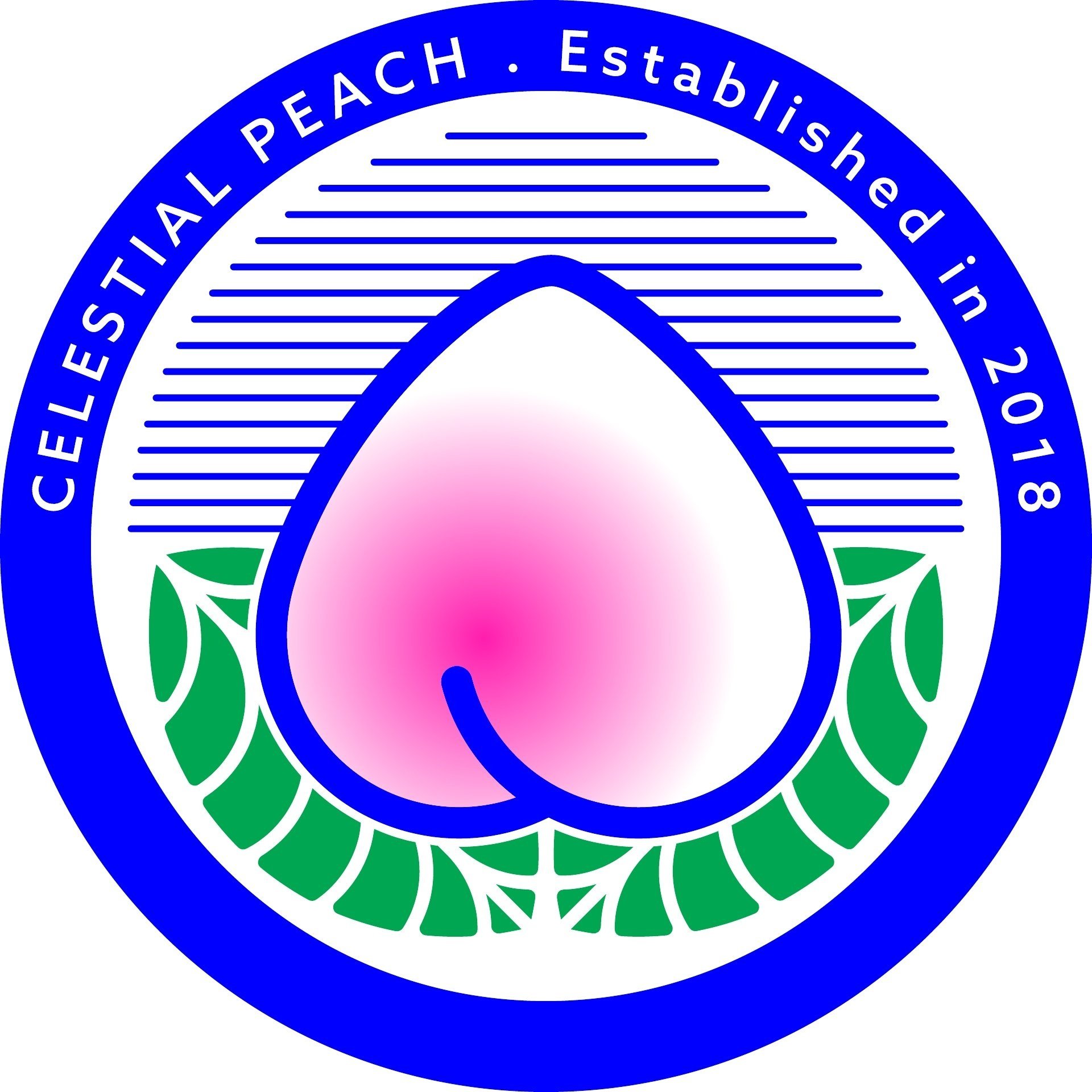The Chinese Umami Toolkit; Making Less Taste More
A few things inspired me to put together the Chinese Vegan 101 Guide.
Celestial Peach started as a kitchen experiment in Chinese–inspired flavour combinations that were healthy, tasty and vegetarian friendly.
Everything led me back to the Chinese categorisation of the five flavours — salty, sweet, sour, pungent and bitter. A core traditional Chinese belief is that to balance the flavours of food is to balance your internal energy and health.
Additionally, in the last hundred years ‘umami’ has been recognised by foodies and scientists alike as a standalone flavour in itself. Meaning ‘pleasant savoury taste’ in Japanese, umami is a rich, satisfying flavour experienced by taste receptors that respond to foods high in glutamates. The Chinese have their own word for it: 鲜味 or xian–wei, translating as ‘fresh taste’.
Foodies obsess over how to enhance umami–ness, using ingredients such as oysters, anchovies, pork fat and aged cheese. That’s all well and good, but what if you’re vegan? Good news: umami can be found in ingredients such as fermented soy, seaweed, mushrooms and fungi — i.e. basic cornerstones of Chinese and other East Asian cuisines. And you’d better make friends with these ingredients if you miss the flavour of meat!
As well as making everything tasty, there is another good reason to strive for balanced flavours and richness of umami in the food you cook — it creates a feeling of satiety and helps us feel fuller and eat less.
Soon I will be launching unique spice blends from the Celestial Peach kitchen that adhere to all these principles of tasty flavour, which I affectionately call ‘accessories for rice & more’. Stay tuned!
In summary, my readers are invited to treat the Chinese Vegan 101 as a toolkit to help you:
Savour and enjoy food
Eat less meat
Learn about the ingredients’ health benefits
Balance flavours with subtlety and nuance







